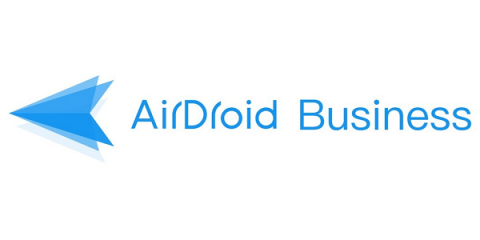Mac MDM: What You Need To Know
The Apple vs. Android conversation has been an ongoing debate for years, and it isn’t coming to a conclusion anytime soon. Some businesses choose to use only Android or Apple devices, while others prefer to mix the two. Whether your organization uses Android or Apple, one fact is clear: your IT team will need mobile device management (MDM) to secure and manage your remote devices.









